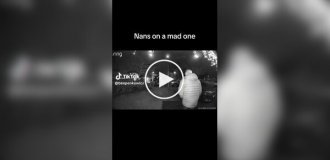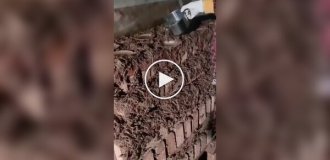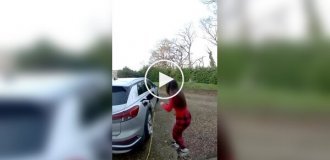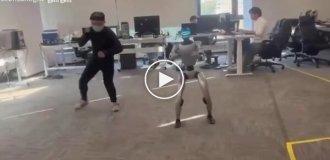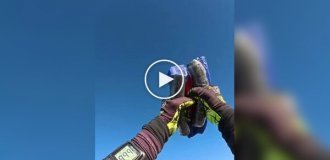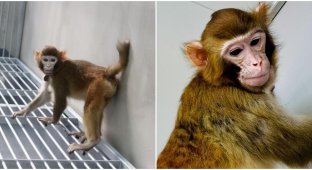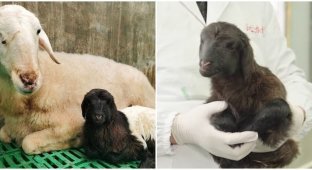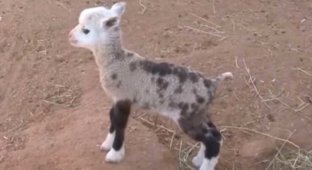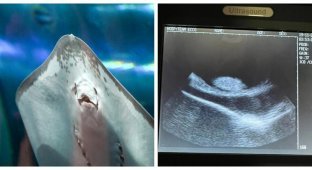Dolly the Sheep is not the first clone! A brief history of cloning (7 photos)
Which animal was the first to be cloned? You mean Dolly the sheep? No, this is the wrong answer! By the time the famous artiodactyl saw the light of day, animal cloning technology had been developing for more than 70 years! And, of course, she was far from the first clone on the planet. 
Dolly the Sheep may not be the very first clone, but she is definitely the most famous sheep in science!
First of all, cloning in the wild is not uncommon. Growing potatoes through tubers - cloning. Hundreds of animal species practice parthenogenesis, a method of reproduction in which an egg duplicates its chromosomes and becomes a clone of its mother. And identical twins are clones of each other! 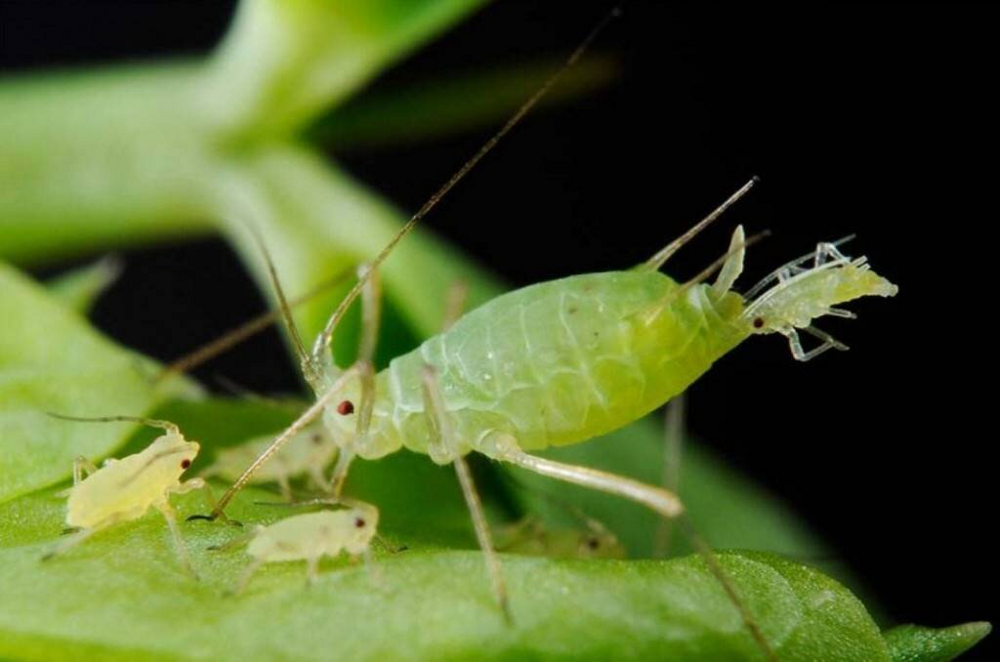
During most of the summer, aphids reproduce by parthenogenesis. Only when daylight hours decline do males appear and real fertilization occurs.
In other words, nature created the mechanisms for cloning on its own; man only needed to learn how to use them. But we were not given any instructions, so mastering the methods took decades. The first successful cloning in the laboratory occurred in 1924. German embryologist Hans Spemann extracted the nucleus from a newt cell and then transplanted it into the embryonic cell of another newt. And the cell continued to develop! For this small operation, the researcher eventually received the Nobel Prize. 
This stern guy is Hans Spemann. Before the successful nuclear transplantation, he managed to reveal the details of the life of one of the parasitic worms, the stages of development of a frog's ear, and lay the foundations of embryology.
But he was unable to raise the amphibian to adulthood. Only a professor of zoology from Oxford named John Gurdon succeeded. It was he who developed a technique for extracting nuclei from tadpole intestinal cells for the purpose of their further transplantation into eggs in 1958. True, he will be able to prove that the experiment was carried out correctly only 12 years later, with the advent of nuclear marking technology. This is how clawed frogs became the first artificial clones. 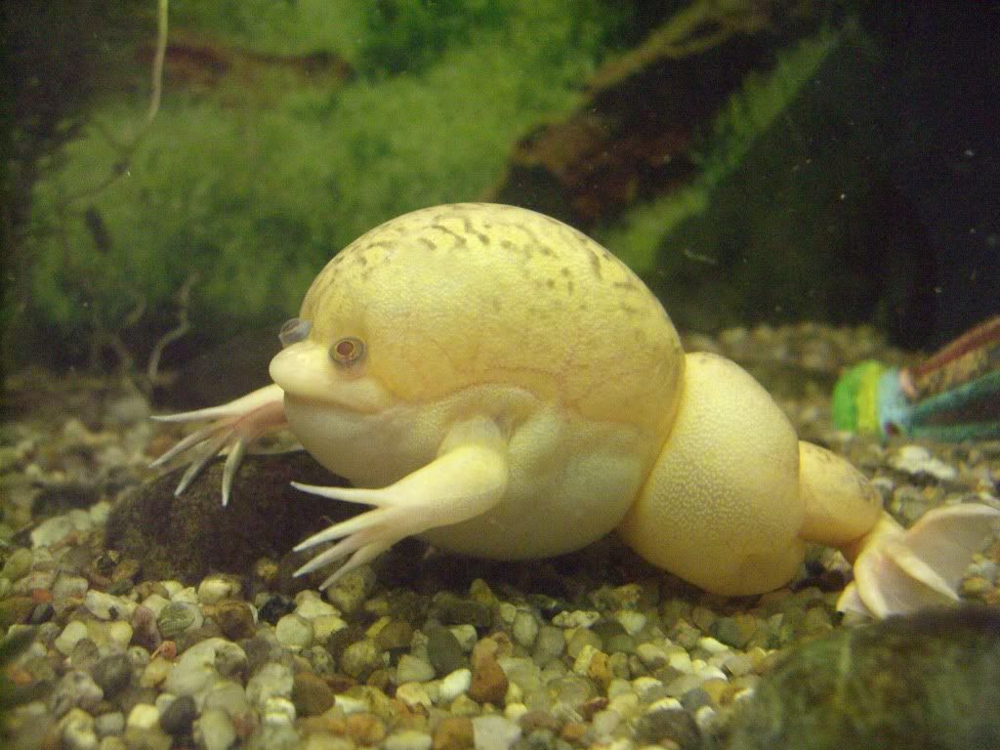
Biologists generally love clawed frogs, because they are so similar to humans! Not externally, but genetically.
And then it started. The experiment was repeated by scientists from other countries, and a few years later successful experiments on fish cloning appeared. But there was no way to grow a clone of a mammal. After all, the eggs of animals must be carefully removed, deprived of their native nucleus, a foreign one inserted, and then implanted back. And they, by the way, should not exist outside the female body at all! 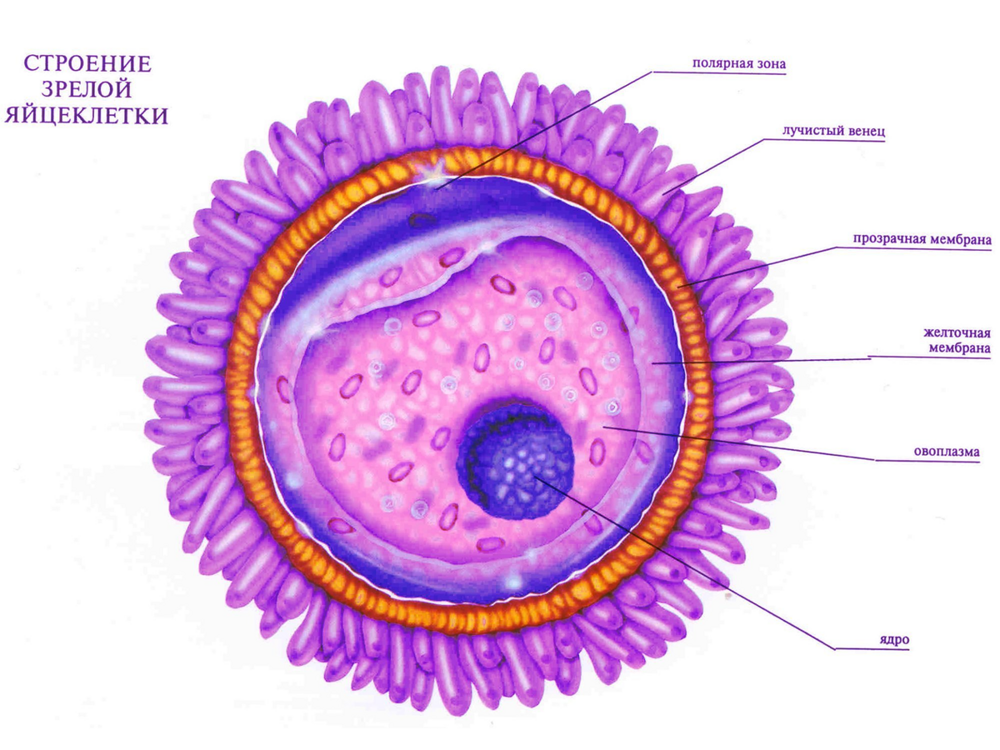
An egg is not your standard boring cell, it is much more complex!
And here Soviet scientists distinguished themselves. In 1987, a team of researchers led by Levon Mikhailovich Chailakhyan was able to fuse together a rat embryo cell and an egg, after which the resulting chimera was returned to the mother's womb. Most of the resulting embryos did not see the light of day, but some were successfully born and lived a very typical rat life. 
And recently, scientists were able to make a clone of a long-dead and dried rat. Technology does not stand still!
Only in 1996, 44 years after the first cloning, Dolly the sheep was born. And also not without problems. It took 277 (!) attempts before the cloned egg was successfully implanted into the mother's uterus, went through all stages of embryogenesis and turned into a young lamb. 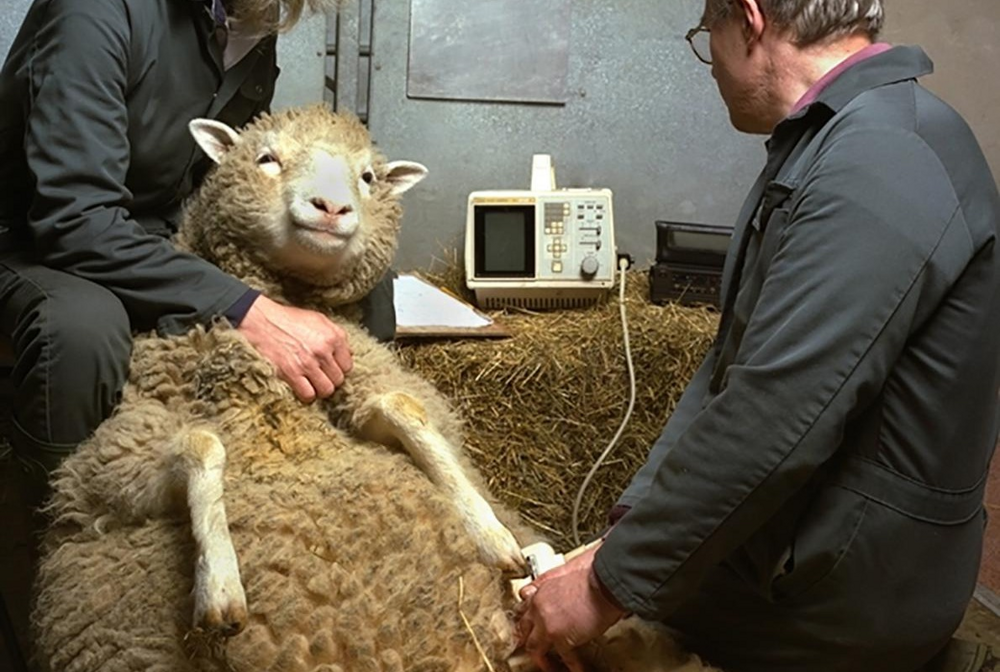
Congratulations, you're having a girl! Your exact copy!
To date, people have learned to clone 24 species of mammals: from cats and dogs to macaques and deer. And the technology has also given an unexpected branch - IVF. In in vitro fertilization, sperm is injected directly into the embryo using methods very similar to genetic engineering. Thanks to IVF, about 7 million people were born around the world!
